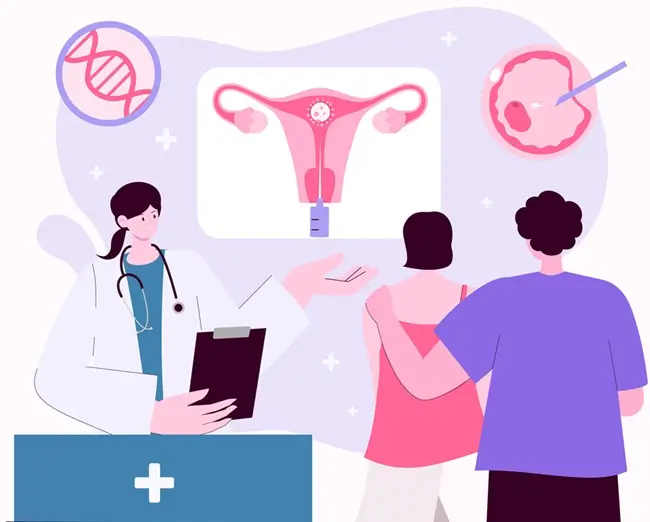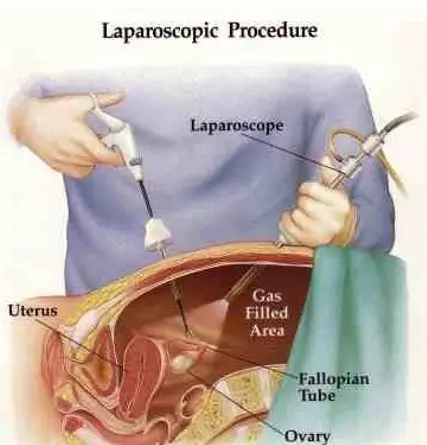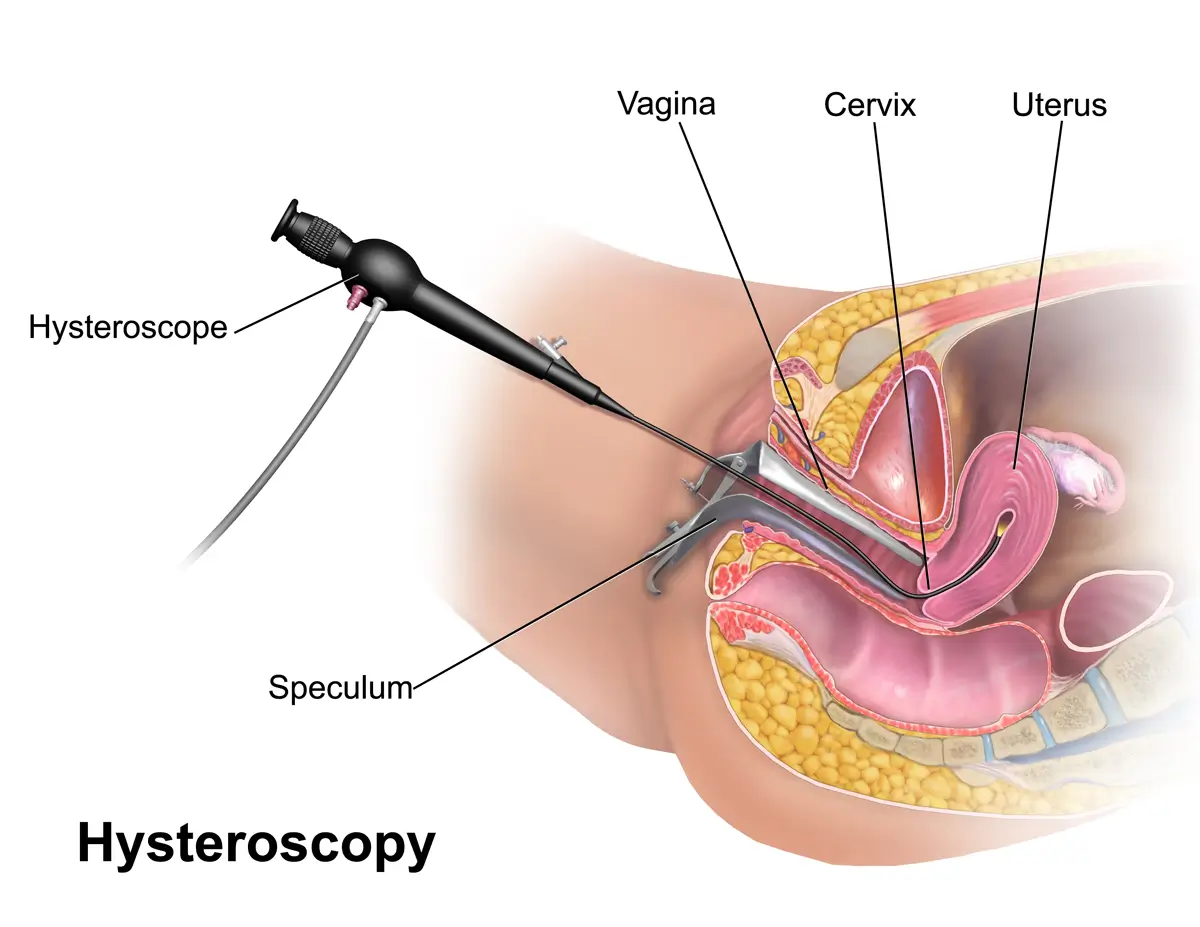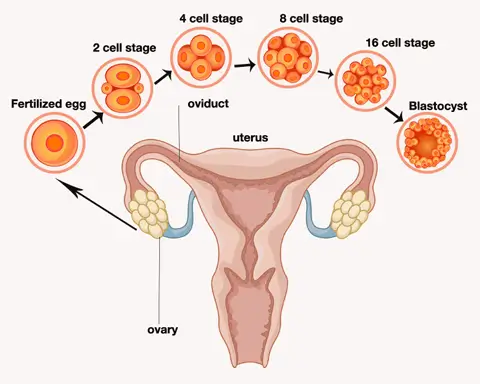Reproductive and Fertility Treatments
Empowering Your Fertility Goals with Advanced Laparoscopy and Blastocyst Culturing.
Understanding Reproductive and Fertility Treatments
Reproductive and fertility treatments encompass a range of diagnostic and procedural options designed to help individuals and couples achieve pregnancy. Laparoscopy, hysteroscopy, and blastocyst culture play critical roles in these treatments, each contributing to diagnosis, treatment, and successful pregnancy outcomes in different ways. Below, we explore each of these procedures in detail.
- Laparoscopy in Fertility
- Hysteroscopy in Fertility
- Blastocyst Culture in IVF Treatment

What is Laparoscopy in Fertility Treatment?
Laparoscopy is a minimally invasive surgical procedure used to diagnose and treat reproductive health issues that may contribute to infertility.
Key Aspects of Laparoscopy:
- Identifies conditions like endometriosis, fibroids, cysts, or blocked fallopian tubes, which can impact fertility.
- A thin tube with a camera (laparoscope) is inserted through a small incision in the abdomen to visualize the reproductive organs.
- Allows for precise diagnosis and sometimes immediate corrective actions, such as removing adhesions or cysts, which can improve fertility.

Hysteroscopy: Diagnostic and Therapeutic Applications
Hysteroscopy is a procedure that examines the inside of the uterus, allowing doctors to diagnose and treat issues that may affect conception and pregnancy.
Hysteroscopy is often used alongside laparoscopy to comprehensively evaluate and improve uterine health.
Key Aspects of Hysteroscopy:
- Identifies uterine issues like polyps, fibroids, adhesions, or septum, which may interfere with embryo implantation or cause miscarriages.
- A hysteroscope (a thin, lighted tube) is inserted through the cervix into the uterus, allowing direct visualization and, if needed, treatment.
- Minimally invasive and highly effective for detecting and correcting uterine abnormalities, enhancing the chances of a successful pregnancy.

Blastocyst Culture in IVF Treatment
A blastocyst is an embryo that has developed for about five days after fertilization, reaching a stage that increases the likelihood of successful implantation in the uterus.
Key Aspects of Blastocyst Culture:
- Optimizes embryo selection for IVF, enhancing implantation success by using only healthy, viable blastocysts.
- After eggs are fertilized in vitro, embryos are cultured in the lab to develop into blastocysts before being selected for transfer.
- Blastocysts are more likely to implant successfully in the uterus, increasing the chances of a positive IVF outcome.

Benefits of Laparoscopy, Hysteroscopy, and Blastocyst Culture in Fertility Care
Each of these procedures plays a unique and supportive role in reproductive health and fertility:
- Improved Diagnosis : Laparoscopy and hysteroscopy enable precise diagnosis of conditions impacting fertility.
- Targeted Treatment : Both procedures can also provide immediate treatment, which can resolve infertility-causing issues.
- Enhanced Success Rates : Blastocyst culture in IVF increases the likelihood of successful implantation and pregnancy.
Choosing the Right Fertility Treatments
Consulting with a fertility specialist can help determine whether laparoscopy, hysteroscopy, or blastocyst culture is suitable for your fertility journey. Together, these options create a comprehensive approach to diagnosing, treating, and enhancing reproductive health, significantly improving the odds of achieving a successful pregnancy.

